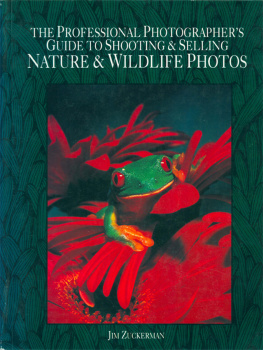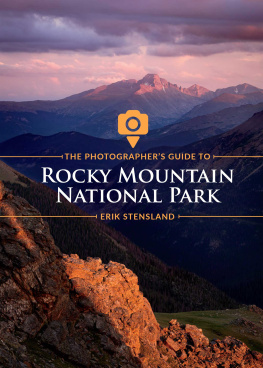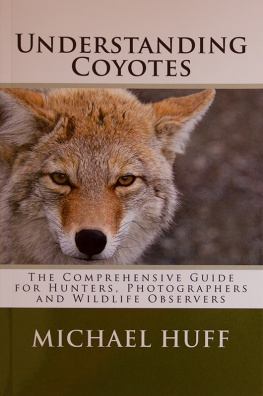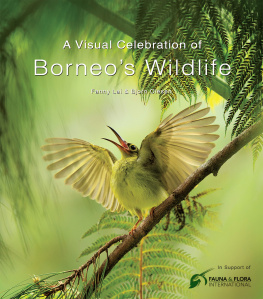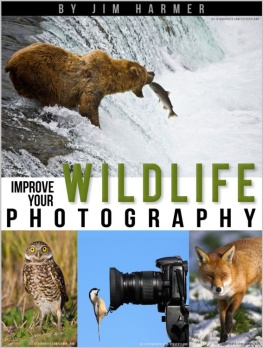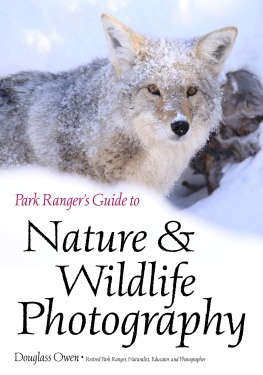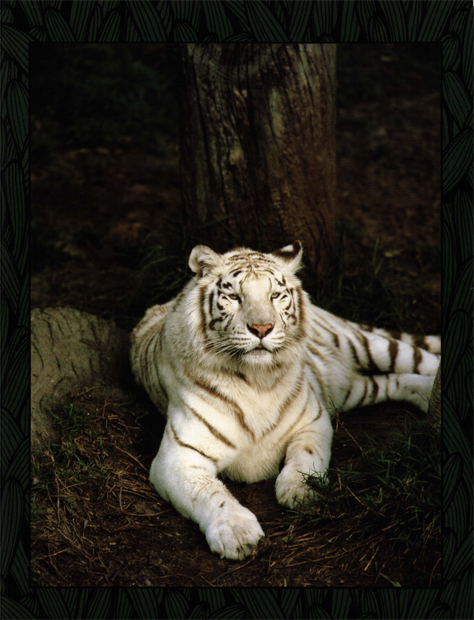
THE PROFESSIONAL PHOTOGRAPHER'S GUIDE TO SHOOTING & SELLING
NATURE & WILDLIFE PHOTOS
JIM ZUCKERMAN

I wish to dedicate this book to my family, who loved and supported me even during the darkest part of my life.
ACKNOWLEDGMENTS:
I want to thank my dear friend, Bert Eifer, for appreciating my work from the very beginning and for introducing me to Writer's Digest Books.
I also wish to express my gratitude to David Lewis, who as editorial director saw my pictures and enthusiastically supported this project until its conclusion.
And to Mary Cropper, I am in debt for her sensational job of editing this book. Without her analytical thinking and remarkable sense of organization, my text probably would have been incoherent.
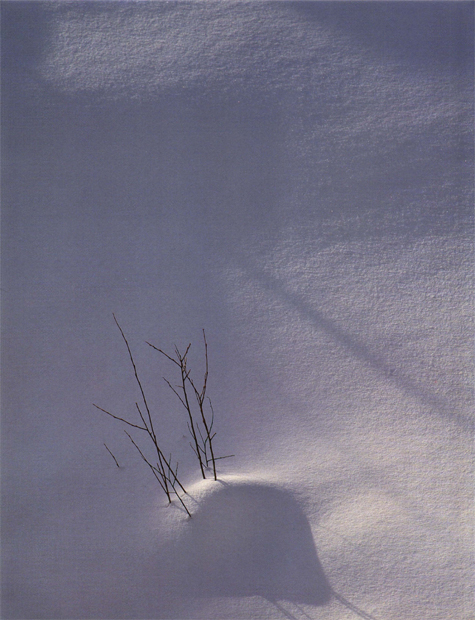
PREFACE:
More than anything else in life, I love taking pictures of nature and wildlife. It's my greatest joy. It would be impossible for me to have a nine-to-five job sitting behind a desk. It's not just that I wouldn't do it I couldn't handle it at all.
My decision to pursue a career in photography was a matter of following my heart. I felt that I was put on this earth to capture beauty on film, and that to do anything else would be going against what I knew to be the Truth. I don't think it's possible to be happy if you betray your purpose. It only took me twenty years to realize this.
You must want very much to succeed to be able to make it as a nature and wildlife photographer. It's not a matter of saying to yourself, I think photography would be more fun than plumbing or accounting. You must make a total commitment, keeping all your energy focused on your goals. Your success will be proportional to this commitment.

Describes what makes the difference between a good photo and a great one. Discusses techniques and principles for getting great photographs, including lighting and composition for the nature and wildlife photographer.
Explains why great photos still may not sell. Looks at ways to maximize the chances of getting an editor to look at and buy your photos rather than someone else's. Explores the advantages of developing a specialization and tells how to do so.
Tells how to get outstanding nature and wildlife photos without trotting off to the far ends of the globe. Tips and tricks for capturing wildlife in zoos, aquariums, natural history museums and even pet stores. Scenic beauty in national, state and local parks.
Dressing your portfolio and submission packages for success. Shows sample portfolios or submission packages for five different markets and discusses what to put in and what to leave out and why. Learn how to package your work and how to prepare a query letter.
Shows and tells what photo editors and other editors want from photographers. Gives tips on identifying who will want your photos and how to find them. Describes several ways to create photo/article packages that editors want to see.
Shows what makes a good photograph for advertising. Discusses how to use direct mail to find potential buyers. Explains how advertisers use photographs and how the advertising business works.
Discusses not only how to work with a stock agency but also how to sell your images yourself. Describes what makes successful stock images. Tells how to select the stock agency that's right for you and then work well with them. Details the mechanics of selling stock yourself.
Describes the various types of illustrated books that use photographs. Tips for breaking into each market. How to come up with book ideas and then approach publishers.
Covers the major art markets for photography: calendars, posters and decor. What works for each and why. Explains how to print and market your own poster.
Discussion of various rights. 35mm equivalents for medium format equipment. Film for all occasions. Sample cover and query letters. Sample model release, property release, delivery memo, and invoice.

As a general rule, you get a better composition if you have a focal point, something that immediately draws the viewer's attention. But there are exceptions to every rule, as this photograph demonstrates. There is no one center of interest, but the arrangement of flowers within the frame, the bright spots of color, and the interesting texture of the petals provide enough interest to draw in the viewer. Experiment with breaking the rules of composition occasionally and see what results you get.
Technical Data: Mamiya RZ 67,110mm lens, #1 extension tube, 1 second, f/22, Fujichrome 50D, tripod.
MAKING GREAT PHOTOS
Great photographs begin with personal vision. This vision, which develops gradually, will enhance your images with sensitivity and artistry that is solely your own. But expressing that vision requires learning the fundamentals of photography first. I personally don't like rules that restrict artistic expression, and I tend to break them as often as follow them. My ability to break them successfully, however, comes from having learned them in the first place.
Following the accepted standards and principles of photography will give you guidelines for evaluating and improving your work. Study the work of the great masters of photography and analyze how they've utilized the basic elements of composition such as dominance, balance and unity to create striking images. Is there a strong center of interest? Look at how they have used color and light to capture a particular effect. Try to decide when they broke the rules and, more important, why.
You get to be a better photographer the same way you get to Carnegie Hall in the old joke: practice, practice, practice. Thousands of pictures will end up in the trash along the way, but don't ever let that discourage you. Even after taking pictures for twenty-two years, I still find my reject pile growing by leaps and bounds. A lot of that is the sign of my growth as a photographer. I've gotten more and more demanding of myself as my work has matured. Images that would have pleased me five years ago are no longer good enough. If it's not already true for you, it will be.
PRETTY ISN'T ALWAYS GREAT
I think the toughest part of photography is learning that a pretty scene won't always yield a great photograph. This is most obvious when you try to capture a beautiful panorama. Every time I take the Palm Springs Aerial Tramway (Palm Springs, California) to the top of a cliff that's a mile and a half above the desert floor, I want to put on a wide-angle lens and capture the whole expanse of desert. But I know that the resulting image would only document what I saw; it wouldn't be a great photograph because the panorama has no strong graphic shapes. Also there's no illusion of depth or any rich texture to the ground. You'll encounter the same problems when you try to capture an expanse of forest or waves rolling across a wide beach.

Next page
